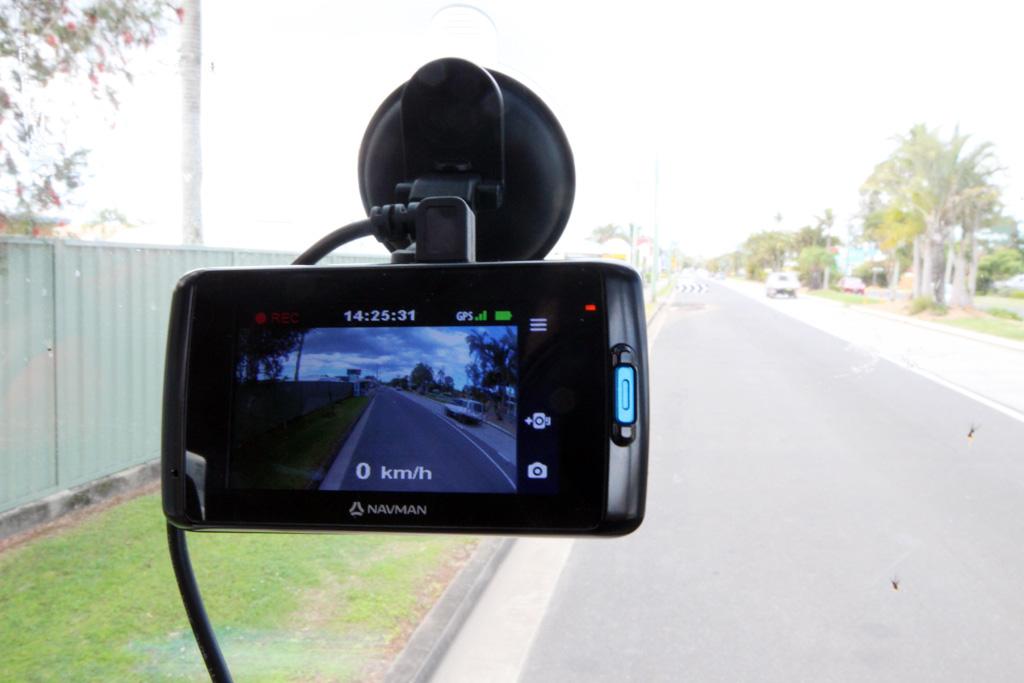-
Table of Contents
- Introduction
- How Dashcam Footage is Used as Evidence in Australian Courts
- The Admissibility of Dashcam Footage in Australian Courts
- The Impact of Dashcam Footage on Australian Court Decisions
- The Pros and Cons of Using Dashcam Footage as Evidence in Australian Courts
- The Legal Implications of Dashcam Footage in Australian Courts
“Dashcam Footage: The Legal Evidence That Can’t Be Denied.”
Introduction
Dashcam footage has become increasingly popular in Australia as a form of evidence in court proceedings. This is due to the fact that it can provide an accurate and reliable account of events that have occurred. This article will provide a legal perspective on the use of dashcam footage as evidence in Australian courts. It will discuss the legal requirements for admissibility, the potential benefits and drawbacks of using dashcam footage, and the implications for the legal system. It will also consider the ethical considerations of using dashcam footage as evidence. Finally, it will provide an overview of the current legal landscape in Australia regarding the use of dashcam footage as evidence.
How Dashcam Footage is Used as Evidence in Australian Courts
Dashcam footage is increasingly being used as evidence in Australian courts. This type of evidence is becoming more and more accepted as a reliable source of information in legal proceedings. Dashcam footage can be used to provide an accurate account of events, and can be used to support or refute claims made by witnesses.
Dashcam footage is typically used in cases involving motor vehicle accidents, as it can provide an objective account of the events leading up to the accident. It can be used to determine who was at fault, and can provide evidence of reckless driving or other dangerous behaviour. Dashcam footage can also be used to support claims of self-defence in cases of road rage.
Dashcam footage can also be used in criminal cases. It can be used to provide evidence of a crime being committed, or to refute claims made by witnesses. It can also be used to provide evidence of a suspect’s movements prior to the crime being committed.
In order for dashcam footage to be used as evidence in court, it must meet certain criteria. The footage must be clear and of good quality, and must be relevant to the case. The footage must also be authenticated, which means that it must be verified as being genuine.
Dashcam footage is becoming an increasingly important source of evidence in Australian courts. It can provide an objective account of events, and can be used to support or refute claims made by witnesses. In order for dashcam footage to be used as evidence in court, it must meet certain criteria, and must be authenticated.
The Admissibility of Dashcam Footage in Australian Courts

Dashcam footage has become increasingly popular in Australia, with many drivers using the technology to record their journeys. This footage can be used to provide evidence in court, but its admissibility is subject to certain conditions.
In Australia, the admissibility of dashcam footage in court is determined by the Evidence Act 1995 (Cth). This Act states that evidence is admissible if it is relevant to the case and is not excluded by law. The Act also states that evidence must be of sufficient probative value to be accepted by the court.
In order for dashcam footage to be admissible in court, it must meet certain criteria. Firstly, the footage must be relevant to the case. This means that it must be related to the facts of the case and must be capable of proving or disproving a point in dispute. Secondly, the footage must be of sufficient probative value. This means that it must be of a quality that is sufficient to be accepted by the court.
In addition to these criteria, the court may also consider other factors when determining the admissibility of dashcam footage. These include the reliability of the footage, the credibility of the witness who recorded the footage, and the accuracy of the time and date stamp on the footage.
In conclusion, dashcam footage can be admissible in Australian courts, provided that it meets certain criteria. The court will consider the relevance of the footage, its probative value, and other factors when determining its admissibility.
The Impact of Dashcam Footage on Australian Court Decisions
Dashcam footage has become increasingly common in Australian court decisions, as it provides an objective and reliable source of evidence. Dashcam footage is a type of video recording that is captured by a camera mounted on the dashboard of a vehicle. It is used to record the events that take place while the vehicle is in motion, and can be used to provide evidence in court cases.
Dashcam footage has been used in a variety of court cases in Australia, ranging from traffic offences to criminal cases. In traffic offences, dashcam footage can be used to prove that a driver was speeding or driving recklessly. In criminal cases, dashcam footage can be used to prove that a suspect was at the scene of a crime or to provide evidence of a suspect’s actions.
Dashcam footage has been found to be a reliable source of evidence in court cases. It is an objective source of evidence, as it does not rely on the testimony of witnesses or the recollection of events. Furthermore, dashcam footage is often clear and easy to interpret, making it easier for judges and juries to make a decision.
The use of dashcam footage in court cases has been found to be beneficial for both the prosecution and the defence. For the prosecution, dashcam footage can provide evidence that can be used to prove the guilt of a suspect. For the defence, dashcam footage can provide evidence that can be used to prove the innocence of a suspect.
Overall, dashcam footage has had a positive impact on Australian court decisions. It is an objective and reliable source of evidence that can be used to prove the guilt or innocence of a suspect. Furthermore, it is often clear and easy to interpret, making it easier for judges and juries to make a decision.
The Pros and Cons of Using Dashcam Footage as Evidence in Australian Courts
Dashcam footage has become increasingly popular in Australia as a means of providing evidence in court cases. While this type of evidence can be useful in certain circumstances, it is important to consider the pros and cons of using dashcam footage as evidence in Australian courts.
The primary benefit of using dashcam footage as evidence in Australian courts is that it can provide an accurate and unbiased account of events. Dashcam footage is typically recorded in real-time and can provide a clear view of the events that occurred. This can be especially useful in cases involving traffic accidents, as it can provide an objective view of the events leading up to the accident. Additionally, dashcam footage can be used to corroborate witness testimony, as it can provide an independent account of the events in question.
On the other hand, there are some drawbacks to using dashcam footage as evidence in Australian courts. For example, the footage may not always be clear or comprehensive enough to provide an accurate account of the events in question. Additionally, the footage may be subject to tampering or manipulation, which could lead to inaccurate or misleading evidence. Furthermore, the footage may not always be admissible in court, as it may not meet the legal requirements for evidence.
In conclusion, while dashcam footage can be a useful form of evidence in certain circumstances, it is important to consider the pros and cons of using this type of evidence in Australian courts. Dashcam footage can provide an accurate and unbiased account of events, but it may also be subject to tampering or manipulation, and may not always be admissible in court. Ultimately, it is important to weigh the benefits and drawbacks of using dashcam footage as evidence in Australian courts before making a decision.
The Legal Implications of Dashcam Footage in Australian Courts
Dashcam footage has become increasingly popular in Australia, with many drivers using the technology to record their journeys. This footage can be used as evidence in court proceedings, and as such, it is important to understand the legal implications of using dashcam footage in Australian courts.
In Australia, dashcam footage is considered to be a form of hearsay evidence. This means that it is not considered to be direct evidence, and as such, it is not admissible in court proceedings. However, it can be used to corroborate other evidence, or to provide additional context to a case.
In order for dashcam footage to be admissible in court, it must meet certain criteria. Firstly, the footage must be relevant to the case. Secondly, it must be reliable and accurate. Thirdly, it must be authenticated, meaning that it must be proven that the footage is genuine and has not been tampered with. Finally, the footage must be relevant to the case and must not be prejudicial.
In addition to these criteria, there are also certain legal considerations that must be taken into account when using dashcam footage in court. For example, the footage must not infringe on the privacy of any individuals involved in the case. Furthermore, the footage must not be used to unfairly influence the outcome of the case.
Finally, it is important to note that the use of dashcam footage in court proceedings is subject to the discretion of the presiding judge. The judge may decide to exclude the footage if they believe that it is not relevant to the case, or if they believe that it could be prejudicial.
To learn more about Do dashcams work in extreme temperatures?
For more information visit local authories sites to know your rights.
In conclusion, dashcam footage can be used as evidence in court proceedings in Australia, but it must meet certain criteria in order to be admissible. Furthermore, the use of dashcam footage is subject to the discretion of the presiding judge. It is therefore important to understand the legal implications of using dashcam footage in Australian courts.




